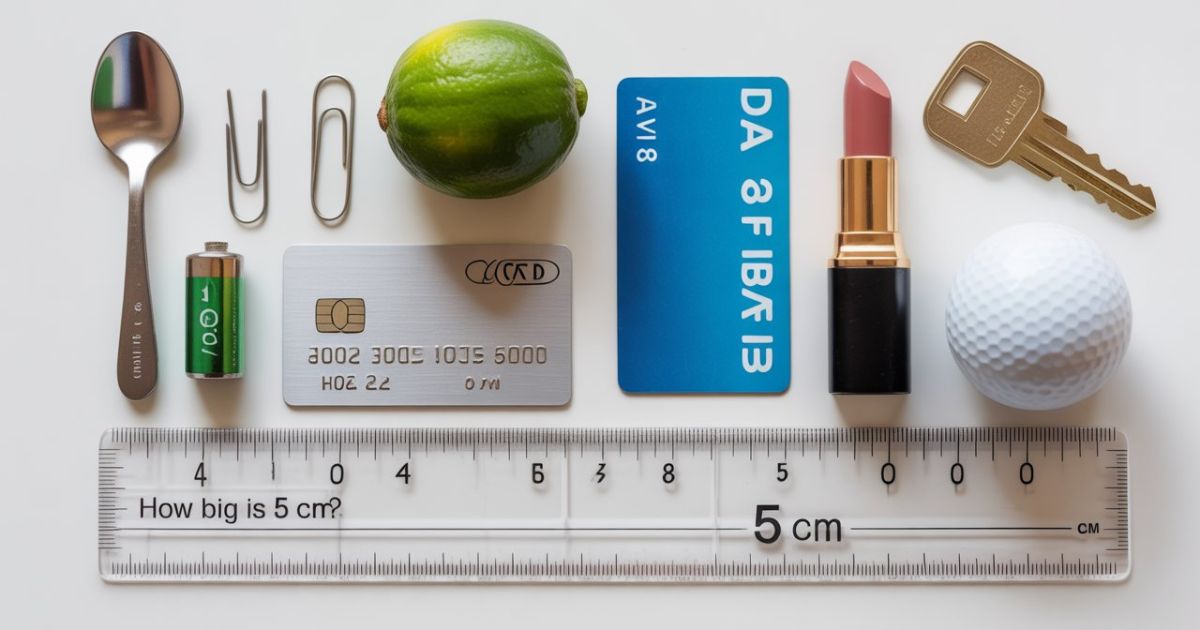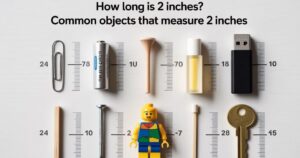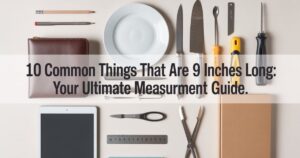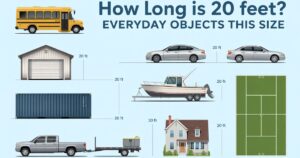Ever found yourself squinting at a product description online, trying to imagine exactly how big 5 centimeters really is? You’re not alone. Visualizing 5 centimeters can be tricky without a ruler handy.
But here’s the good news: you’re surrounded by everyday objects that measure roughly 5 cm. Understanding this measurement helps you make smarter shopping decisions, tackle DIY projects confidently, and explain sizes to others without fumbling for words.
Five centimeters equals approximately 1.97 inches, or about 50 millimeters if you prefer that metric. It’s 0.05 meters, which sounds tiny when you say it that way. But in real life, 5 cm represents a practical, tangible size you encounter daily. Let’s explore 15 common items that’ll help you master this measurement forever.
How Big Is 5 Cm?
Think of 5 centimeters as roughly the width of three adult fingers placed side-by-side. That’s your quickest visual reference right there. In the metric system, it sits comfortably between a coin’s diameter and a soda can’s width not too big, not too small.
Here’s a quick comparison chart to cement your understanding:
| Measurement | Equivalent |
|---|---|
| 5 centimeters | 1.97 inches |
| 5 centimeters | 50 millimeters |
| 5 centimeters | 0.164 feet |
| 5 centimeters | 0.05 meters |
Understanding small measurements like this matters more than you’d think. When you’re buying phone cases online, measuring ingredients for recipes, or helping kids with school projects, knowing what 5 cm looks like saves time and frustration. It’s smaller than your palm but larger than a grape. That sweet spot makes it incredibly useful for daily life measurement comparisons.
The beauty of mastering this dimension? You’ll never struggle with product dimensions again. Whether you’re furniture shopping or checking luggage restrictions, estimating small distances becomes second nature once you’ve got these reference points locked in.
1. A Standard Teaspoon
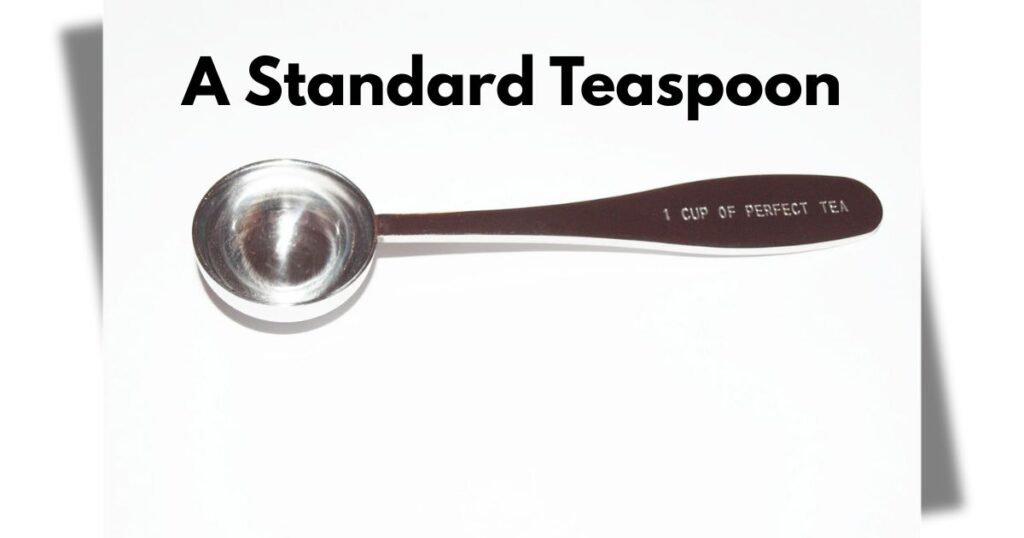
Grab a teaspoon from your kitchen drawer. The handle typically measures around 5 centimeters from base to middle. While the entire utensil stretches 12–15 cm total, that handle portion gives you a perfect 5 cm reference.
Kitchen utensils make excellent everyday measurement references because they’re standardized across manufacturers. Your teaspoon works identically to your neighbor’s teaspoon that’s intentional design. Plus, you’ve got several lying around, making them incredibly accessible for quick size checks.
The bowl part holds about 5 milliliters of liquid. It’s fascinating how measurement standards interconnect across different systems. Next time you’re cooking and a recipe mentions 5 cm, just think “teaspoon handle” and you’re golden.
2. A AA Battery
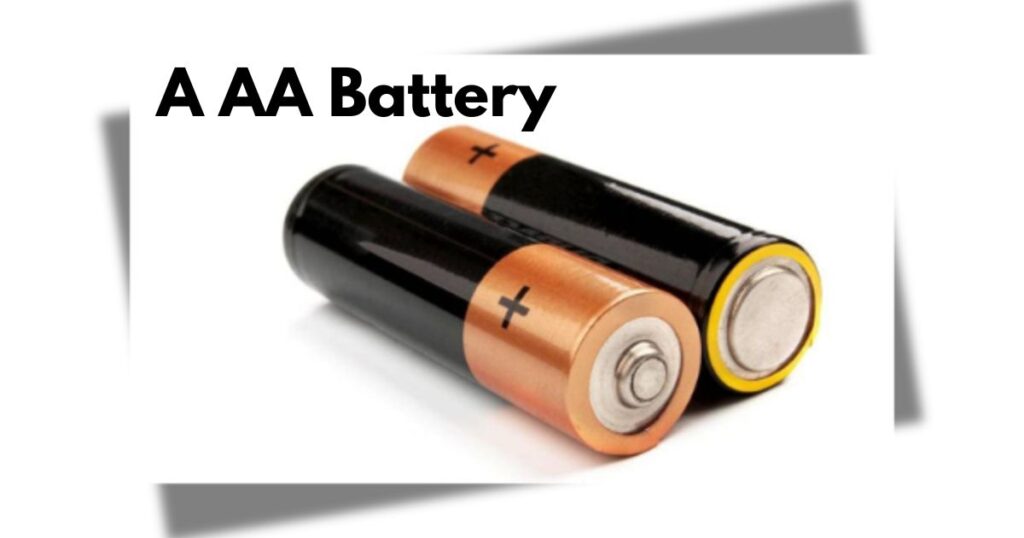
Here’s where things get remarkably precise. AA batteries measure exactly 5.05 cm long. Tech manufacturers worldwide follow strict ISO standards, making these batteries your most accurate portable ruler.
Remote controls, flashlights, toys, and countless gadgets use AA batteries. Their ubiquity means you’ve probably got several scattered around your home right now. Keep one in your desk drawer, and you’ve got an instant measurement tool that never needs calibration.
The standardization behind batteries isn’t accidental. Engineers needed universal sizing so devices could work globally. Lucky for us, that makes them perfect for measuring 5 cm without any guesswork involved.
3. A Large Lime

Nature provides surprisingly accurate size references too. A large lime typically measures 4.5–5.5 cm in diameter. While organic objects vary slightly based on growing conditions, limes offer a relatable comparison you’ll remember at the grocery store.
Next time you’re shopping for produce, grab a lime and really observe its size. Roll it in your palm. That tactile memory sticks better than any ruler measurement. Other citrus fruits like small lemons fall into similar dimensions, giving you multiple natural visual guides.
The slight variation in fruit sizes actually helps it teaches you that approximate measurements often work perfectly fine for everyday needs. Not everything requires lab-grade precision.
4. A Standard Paperclip
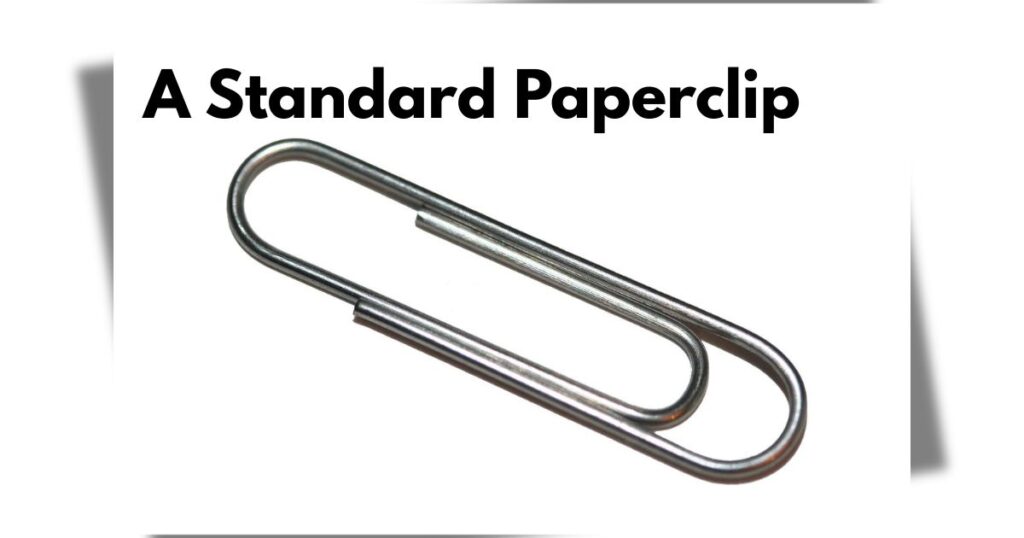
The jumbo paperclips sitting in office supply cabinets measure approximately 5–6 cm when straightened out. Even bent into their typical shape, they provide a decent visual analogy for understanding this length.
Office items make fantastic measurement guides because they’re designed with human ergonomics in mind. Paperclips needed to be large enough to grip but small enough to stay unobtrusive. That design thinking landed them right around our target dimension.
Fun fact: The paperclip’s invention sparked a surprising amount of controversy over patents. But its size? That’s been remarkably consistent since the early 1900s.
5. A Credit Card’s Width
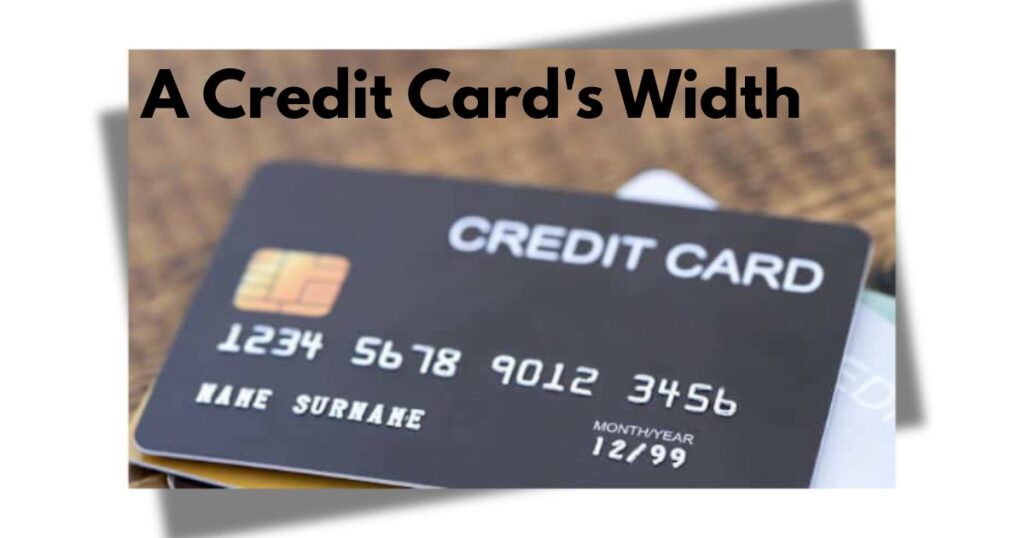
Pull out your wallet. Credit cards measure exactly 5.4 cm wide thanks to ISO/IEC 7810 standards. Every credit card, debit card, and ID card follows these exact dimensions globally.
This standardization makes your wallet an unexpected treasure trove of measurement tools. Since you carry it everywhere, you’ve always got a 5 cm reference ready. Whether you’re shopping for phone cases or checking product dimensions online, that card provides instant context.
The card’s portability beats carrying an actual ruler. Plus, it doubles as a straight edge when you need to draw quick lines. Practical and precise exactly what you need for everyday measurements.
6. A Large Chicken Egg
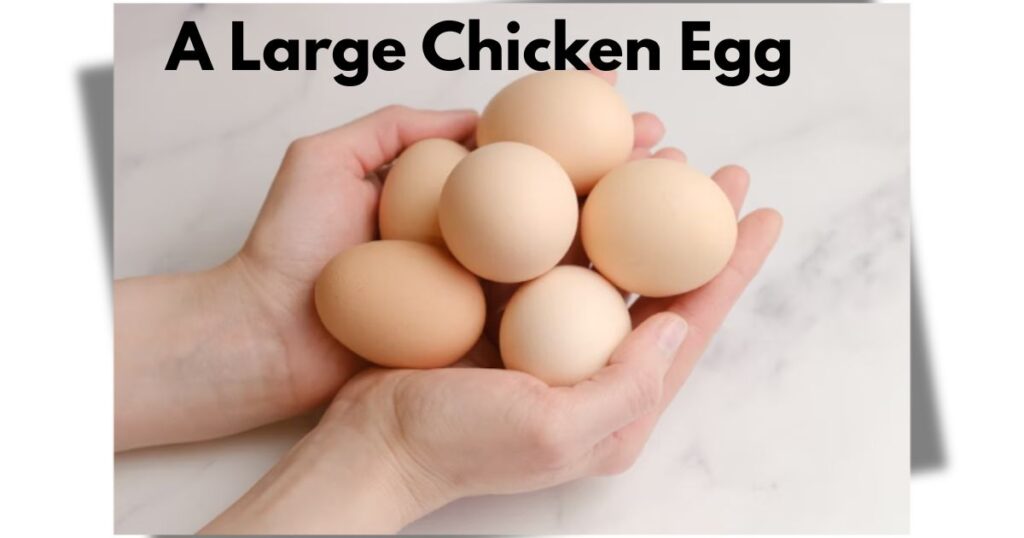
Large chicken eggs typically measure 5–5.5 cm in length. Egg grading systems classify them by weight, but size remains remarkably consistent within each grade category.
When you’re cooking or baking, eggs provide instant size context. Need to visualize 5 cm for a craft project? Think of that egg sitting in your fridge. The tangible visualization helps more than abstract numbers ever could.
Eggs also demonstrate why understanding measurements matters in cooking. Too small or too large, and your recipe ratios shift. That’s why professional bakers weigh ingredients but for home cooks, knowing an egg’s approximate dimensions helps immensely.
7. A USB Flash Drive
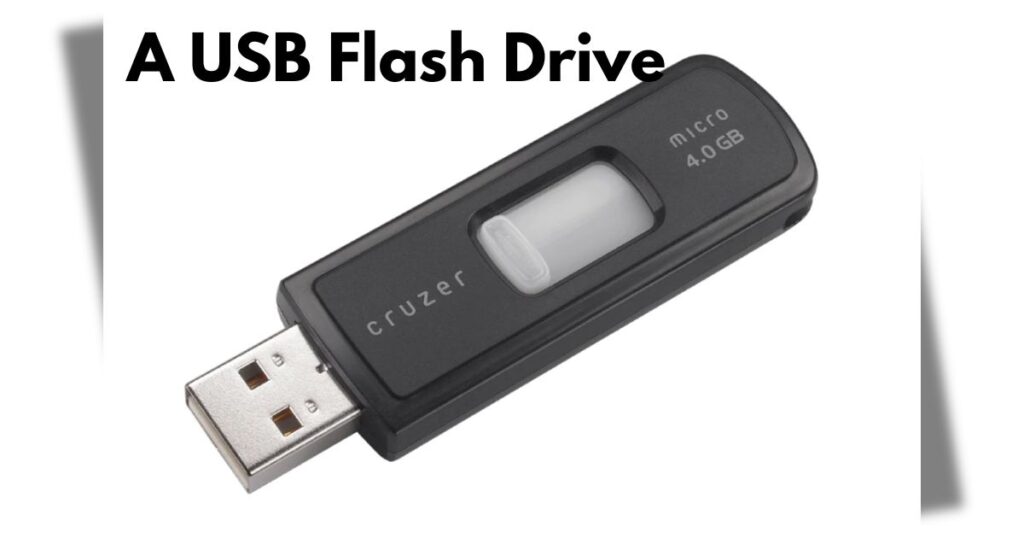
Those compact USB flash drives measure around 5 cm long, though styles vary. The standard rectangular designs hover right at this measurement, making them excellent tech-based references.
Flash drives live in laptop bags, desk drawers, and keychains worldwide. Their portability rivals credit cards for always-available measurement tools. Plus, their technological importance means most people immediately understand the reference when you mention them.
Storage capacity has exploded from megabytes to terabytes, but the physical size? Manufacturers kept it consistent because it works. That human-scale dimension feels right in your hand and fits perfectly in pockets.
8. A Lipstick Tube
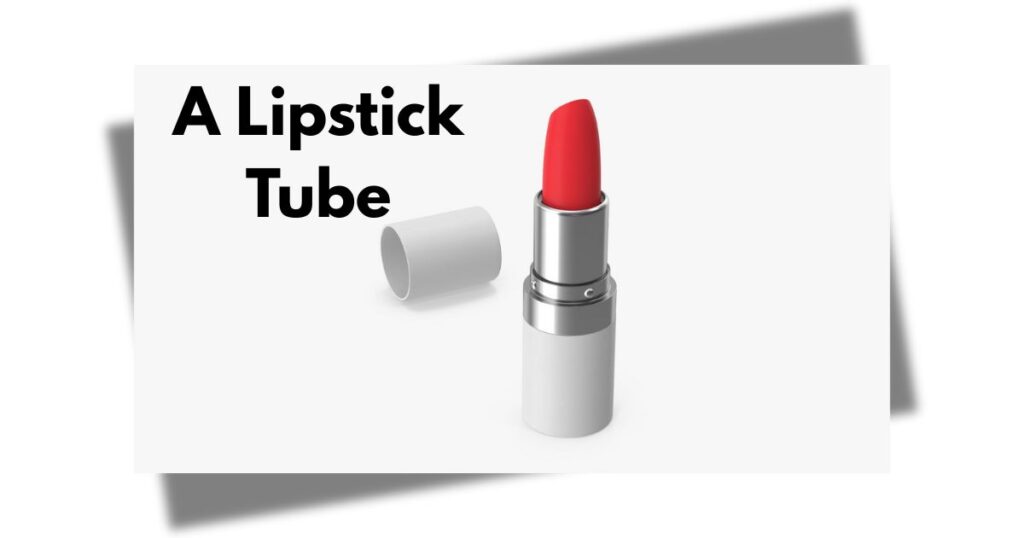
Standard lipstick tubes measure approximately 5 cm tall. Beauty industry packaging follows surprising consistency across brands because shelf space and purse portability demand it.
This cosmetic reference particularly helps when you’re shopping online for makeup organizers or travel cases. Knowing lipstick dimensions means you can accurately judge storage solutions without measuring every single tube.
The cosmetics industry obsesses over packaging standardization more than you’d expect. Consumers develop muscle memory for reaching into purses, so dramatic size changes feel wrong. That consistency accidentally created another perfect 5 cm reference for everyday use.
9. Diameter of Some Flowers

Roses, carnations, and many garden flowers bloom with petals spanning roughly 5 cm across. Natural variation means some will be smaller or larger, but this ballpark figure holds true.
Gardeners and florists develop an intuitive sense for flower dimensions through experience. When you’re designing arrangements or planning garden layouts, understanding that many blooms cluster around this size helps with spacing decisions.
Nature’s geometry rarely disappoints. Evolution shaped flowers to attract specific pollinators, and many of those relationships landed on surprisingly similar dimensions. That evolutionary sweet spot happens to coincide perfectly with our 5 cm measurement.
Read This Post: 14 Common Things That Are 10 Inches Long
10. A Keychain

Most keychain fobs measure around 5 cm in their longest dimension. Whether it’s a photo holder, mini flashlight, or decorative charm, manufacturers cluster around this size for ergonomic reasons.
Keychains need to be large enough to spot easily but small enough not to bulk out pockets. That design constraint naturally pushed most products toward our target measurement. Check your own keys right now you’re probably carrying a 5 cm reference without realizing it.
The keychain market exploded with creativity over decades, but practical size limits remained. Too small and you’ll lose them. Too large and they’re annoying. Five centimeters hit the sweet spot perfectly.
11. A Small Matchstick
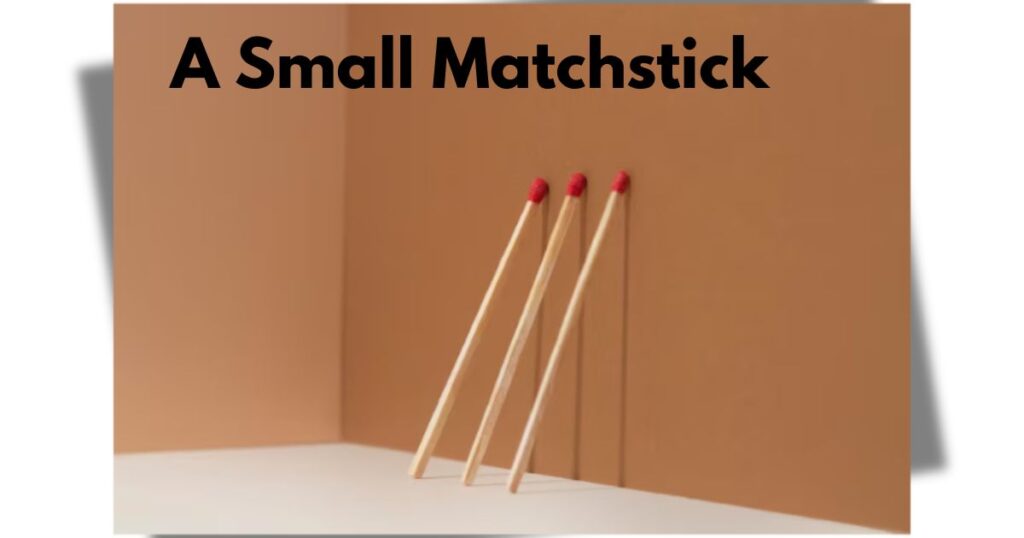
Standard safety matches measure 4.8–5 cm long. Despite declining match usage in modern homes, their standardized dimensions remain consistent across manufacturers worldwide.
Matches underwent serious standardization during industrial production scaling. Safety regulations demanded consistency, and that precision remains even as fewer people strike matches daily. For those who keep them for candles or camping, they’re surprisingly reliable measurement references.
The sulfur tip adds minimal length, so the wooden portion itself provides your 5 cm guide. Historical manufacturing constraints shaped these dimensions decades ago, and they’ve stuck.
12. A Bottle Cap
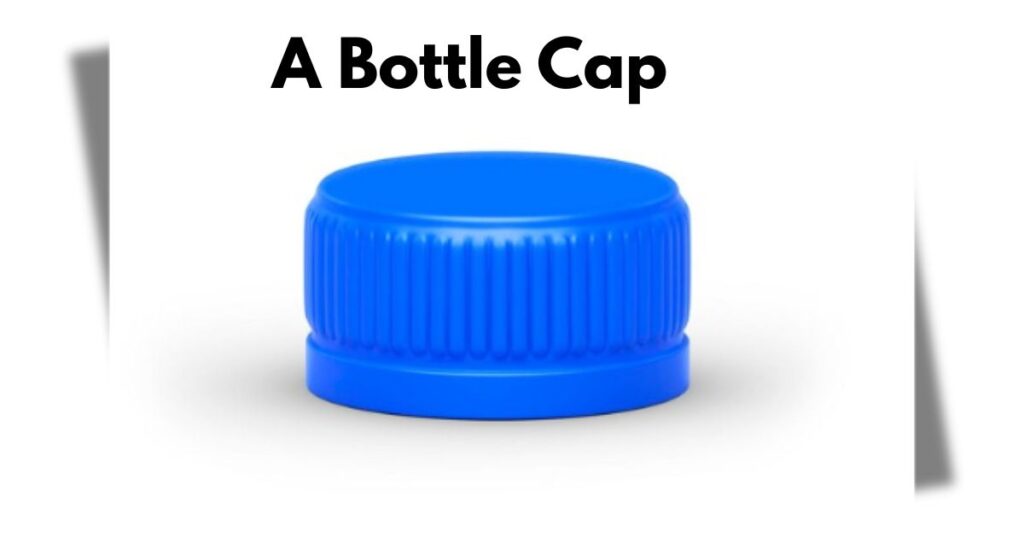
Some bottle caps, particularly from sports drinks or large soda bottles, measure close to 5 cm in diameter. Standard caps vary, so you’ll want to check specific products. But many land right around this measurement.
Bottle caps offer instant accessibility because drinks are everywhere. Once you identify which caps measure 5 cm, you’ve got free measurement tools scattered throughout your pantry. Plus, they’re great for craft projects and kids’ activities.
Manufacturing standardization in the beverage industry means caps follow strict specifications. That precision makes them more useful than random household items for measuring 5 cm accurately.
13. Many House Keys
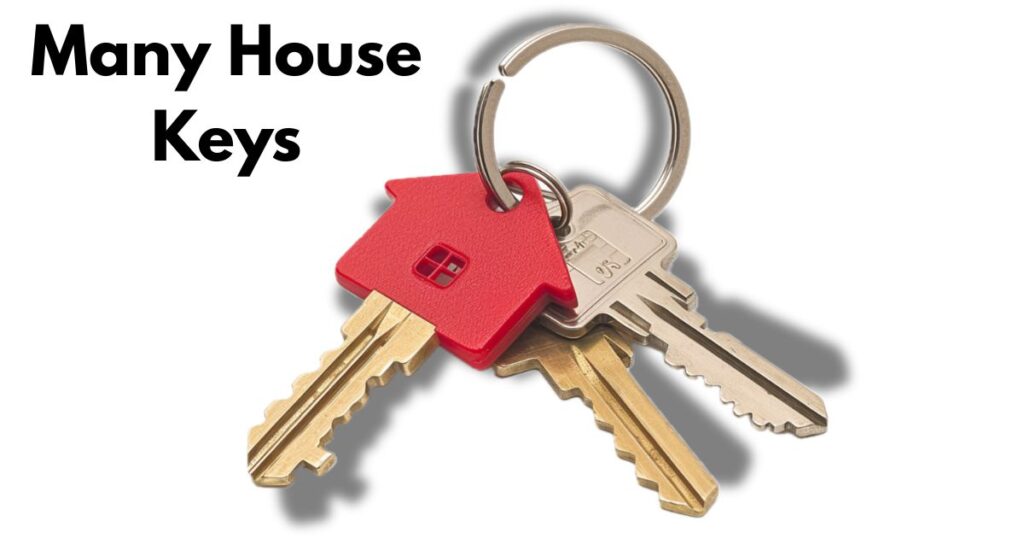
Standard house keys typically measure around 5 cm from bow (the round part you hold) to tip. Keys vary by manufacturer and lock type, but this dimension remains remarkably consistent.
Since you carry keys everywhere, they’re among the most accessible measurement tools imaginable. Unlike specialized items, keys are universally understood and immediately relatable. Everyone’s got experience handling them.
Locksmiths work with standardized blank dimensions because lock mechanisms follow engineering specifications. That standardization accidentally created another perfect everyday object for visualizing 5 centimeters without tools.
14. A Golf Ball

Golf balls measure 4.267 cm in diameter minimum according to official regulations. While slightly under 5 cm, they’re close enough to provide useful visual context, especially for sports enthusiasts.
The precision behind golf ball dimensions is staggering. Professional sports demand exact specifications to ensure fair play. That regulatory rigor means every golf ball you encounter measures identically perfect for comparison purposes.
Golfers develop intimate familiarity with ball dimensions through thousands of swings. That tactile memory makes golf balls powerful mental references even when you don’t have one handy.
15. A Smartphone’s Thickness (Stacked)

Modern smartphones measure 0.7–1 cm thick. Stack about five to seven phones together, and you’ll hit 5 cm. While impractical for actual measuring, this mental visualization helps tech-savvy folks contextualize the dimension.
Smartphone thickness obsesses manufacturers because consumers demand sleek devices. That engineering focus means thickness specifications get published prominently, making them easy reference points if you know your phone’s specs.
This stacked visualization works brilliantly for explaining 5 cm to kids or students. Everyone understands phone dimensions intuitively from daily handling, making the comparison immediately meaningful.
FAQ’s
How can I measure 5 cm without a ruler?
Use your credit card width (5.4 cm), an AA battery length (5.05 cm), or a teaspoon handle. These household items provide remarkably accurate measurements without specialized tools. You can also measure three adult fingers placed side-by-side for quick estimates.
What’s 5 cm in inches exactly?
Five centimeters equals precisely 1.97 inches. Most people round this to 2 inches for practical purposes, which works perfectly for everyday measurement needs. The metric to imperial conversion is simply: multiply centimeters by 0.3937 to get inches.
Is 5 cm considered big or small?
Context determines this completely. For a smartphone thickness, 5 cm would be enormous. For a serving platter, it’s tiny. Generally, 5 cm represents a compact measurement small enough to fit in your pocket, large enough to see clearly across a room.
What everyday items are exactly 5 cm?
AA batteries (5.05 cm) and credit card widths (5.4 cm) offer the most precise measurements. Teaspoon handles, large limes, paperclips, and house keys cluster very close to this dimension, though slight variations exist between brands.
How many fingers wide is 5 cm?
Approximately three adult fingers placed side-by-side equal 5 cm. Individual finger widths vary between 1.5–2 cm depending on body size, so measure your own hand first for personalized accuracy.
Can I use my hand to measure 5 cm?
Absolutely! Measure your own hand once with a ruler to establish personal reference points. Many people find that specific finger joints, knuckle widths, or fingernail lengths correspond to useful measurements. This calibration takes two minutes but provides lifelong utility.
Conclusion
Visualizing measurements doesn’t require mathematical genius or specialized tools just practical knowledge of everyday objects around you. These 15 items provide instant 5 cm references whether you’re home, at work, or shopping.
From the precision of AA batteries to the natural variation of limes, you’ve now got multiple mental anchors for this crucial dimension. Some situations demand exactness (credit cards), while others tolerate approximation (flowers). Understanding which reference fits which scenario builds genuine measurement confidence.
The beauty of these common household items lies in their universality. Everyone recognizes teaspoons, keys, and batteries. Share these references with kids, colleagues, or anyone struggling to visualize dimensions. Knowledge becomes most valuable when spread around.
Next time someone mentions 5 centimeters, you won’t need to fumble for a ruler or make wild guesses. You’ll instantly think of batteries, cards, or whichever reference resonates most with you. That’s the power of tangible visualization turning abstract numbers into concrete understanding.
Now grab a teaspoon or check your keychain. Measure something right now to cement this knowledge. You’ve got all the tools you need already.

Ethan is the expert voice behind Sizefinders.com, helping readers understand measurements with ease. He simplifies complex sizing guides into clear, practical tips anyone can use. With a passion for accuracy, Ethan makes finding the right fit simple and stress-free.
